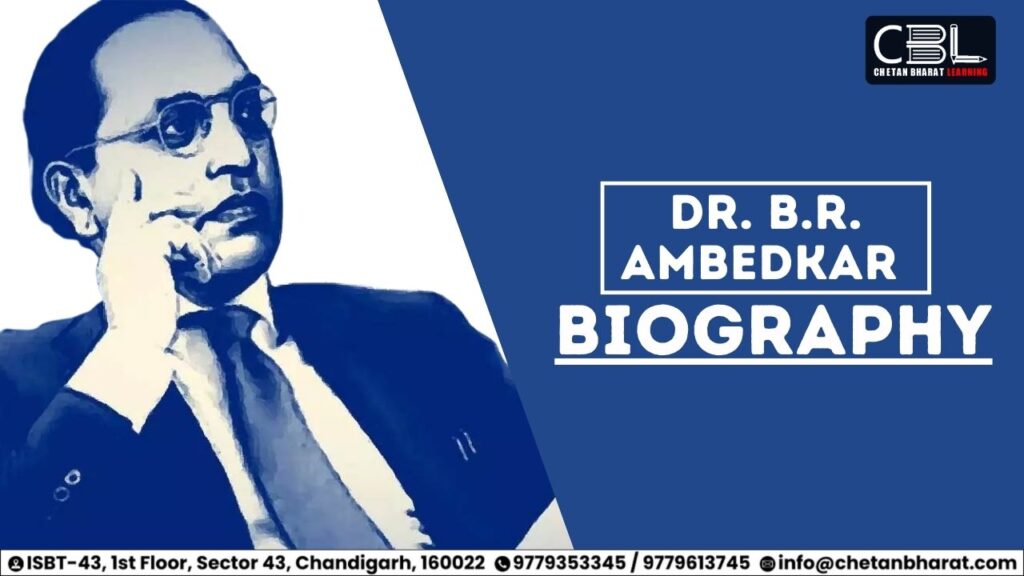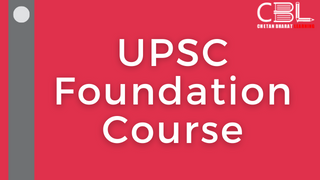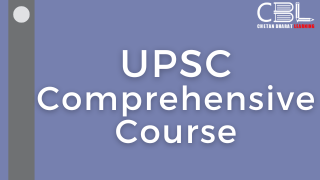
Important for UPSC, State PCS
Prelims: Dr. B.R. Ambedkar . Indian Polity . Constitution .
Mains: General Studies Paper-1,2&3 – Social reform movements, Dalit movements, role in freedom struggle ,onstitution-making, equality, social justice, affirmative action, legal reforms .
“We are Indians, firstly and lastly.” – Dr. B.R. Ambedkar
Introduction
“We are Indians, firstly and lastly.” – Dr. B.R. Ambedkar
Dr. Bhimrao Ramji Ambedkar (1891–1956), affectionately remembered as Babasaheb, was far more than the chief architect of the Indian Constitution. He was a visionary reformer, jurist, economist, and social philosopher whose contributions reshaped the moral and constitutional foundations of modern India. His life was a relentless pursuit of equality, justice, and dignity in a society fractured by caste hierarchies, economic exploitation, and social exclusion.
Early Life and Education
- Born: April 14, 1891, in Mhow, Madhya Pradesh (now Dr. Ambedkar Nagar)
- Caste: Mahar (a Dalit community, considered “untouchable”)
- Education:
- Elphinstone College, Mumbai – first Dalit to enter a government high school.
- Columbia University, USA – M.A. and Ph.D. in Economics.
- London School of Economics – D.Sc. in Economics and Bar-at-Law from Gray’s Inn.
- His educational background shaped his vision for social justice, equality, and constitutionalism.
🧭 Major Contributions
🏛️ 1. Architect of the Indian Constitution
- Chairman of the Drafting Committee of the Constituent Assembly (1947–1950)
- Advocated:
- Fundamental Rights & Directive Principles
- Abolition of untouchability (Article 17)
- Equality before law (Article 14)
- Social and economic justice as core constitutional values
- Strong supporter of affirmative action and reservation policies for SCs and STs.
📜 2. Social Reformer and Dalit Rights Crusader
- Founded Bahishkrit Hitakarini Sabha (1924) to promote Dalit education and socio-political awareness.
- Led movements like:
- Mahad Satyagraha (1927) – Right to drink water from public tanks.
- Kalaram Temple Entry Satyagraha (1930)
- Criticized caste system; authored “Annihilation of Caste” (1936).
🏛️ 3. Political Leadership
- Founded:
- Independent Labour Party (1936)
- Scheduled Castes Federation (1942)
- Republican Party of India (posthumously established)
- Served as India’s first Law Minister (1947–1951)
- Resigned over differences on the Hindu Code Bill, which aimed at gender justice and reforms in Hindu personal laws.
📚 4. Scholar, Economist, and Policy Thinker
- Strong views on:
- Agrarian reform, land holdings, and labor rights
- Advocated for state socialism and nationalization of key industries
- Authored key works:
- The Problem of the Rupee
- Thoughts on Linguistic States
- Buddha and His Dhamma
🌟 Legacy
- Bharat Ratna (1990, posthumously)
- Revered as the “Father of the Indian Constitution” and a Dalit icon
- Globally recognized figure for:
- Human rights
- Anti-caste struggle
- Democratic constitutionalism
- His birth anniversary (April 14) is observed as Ambedkar Jayanti, a national celebration.
CBL Practice Questions for Prelims –
Which of the following works was authored by Dr. B.R. Ambedkar?
- Annihilation of Caste
- Buddha and His Dhamma
- Discovery of India
- The Problem of the Rupee
Select the correct answer using the code below:
A) 1, 2 and 4 only
B) 1 and 3 only
C) 1, 2, 3 and 4
D) 2 and 4 only
Answer: A
Explanation: Discovery of India was written by Jawaharlal Nehru, not Ambedkar.
CBL Mains Practice Question
“Constitutional morality is not a natural sentiment.” In the light of Ambedkar’s views, examine the need for ethical governance in India.




Leave a Reply
You must be logged in to post a comment.